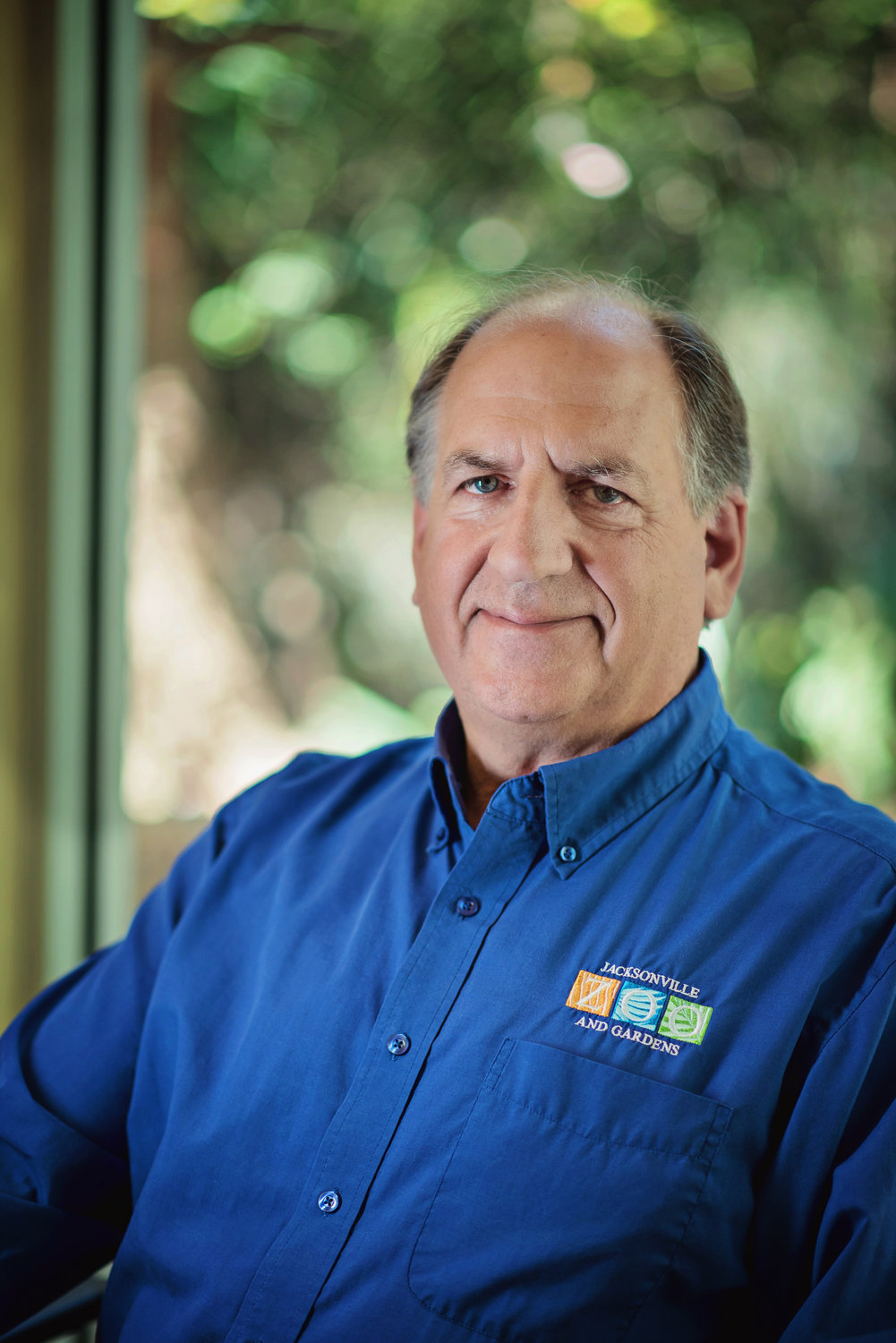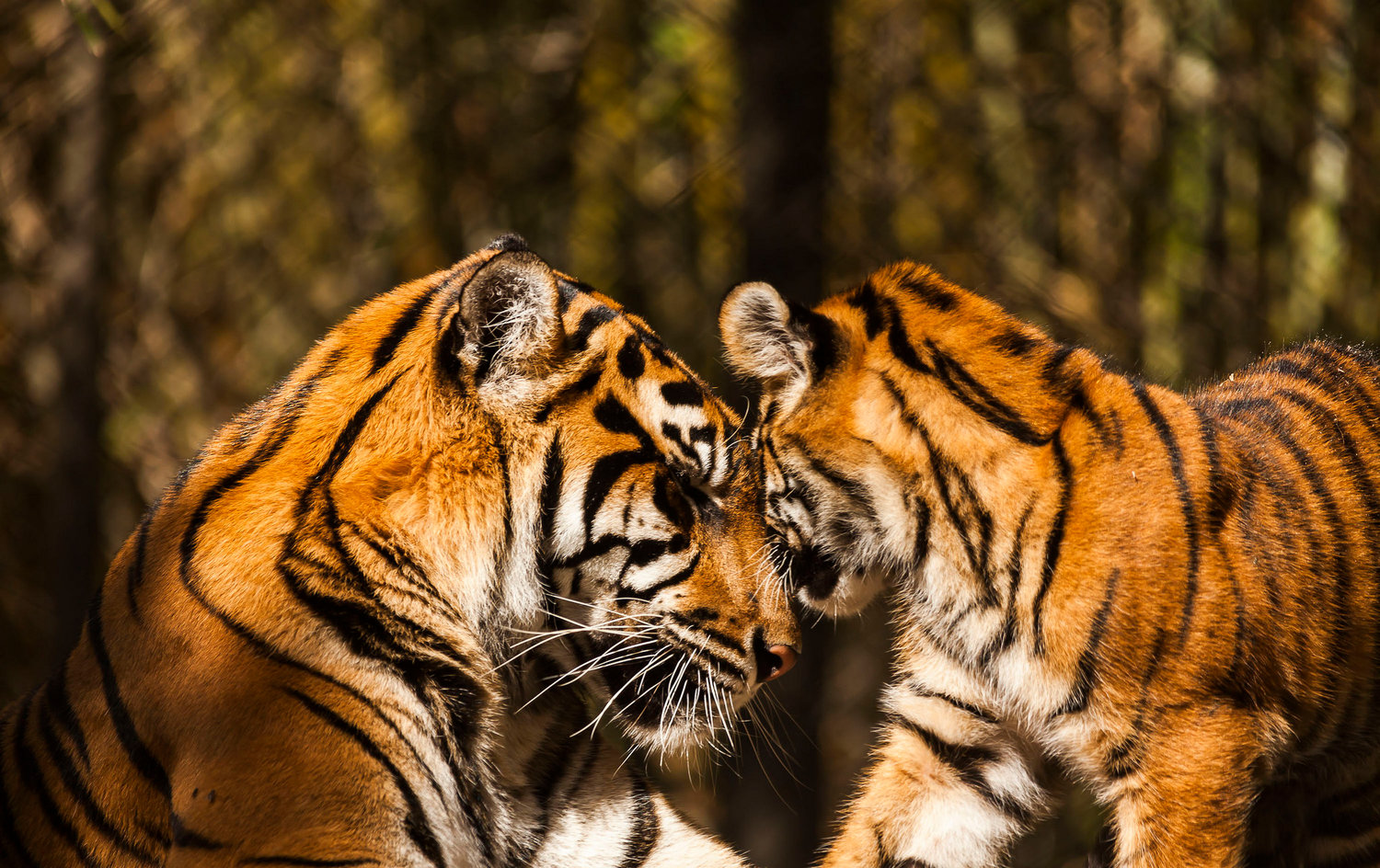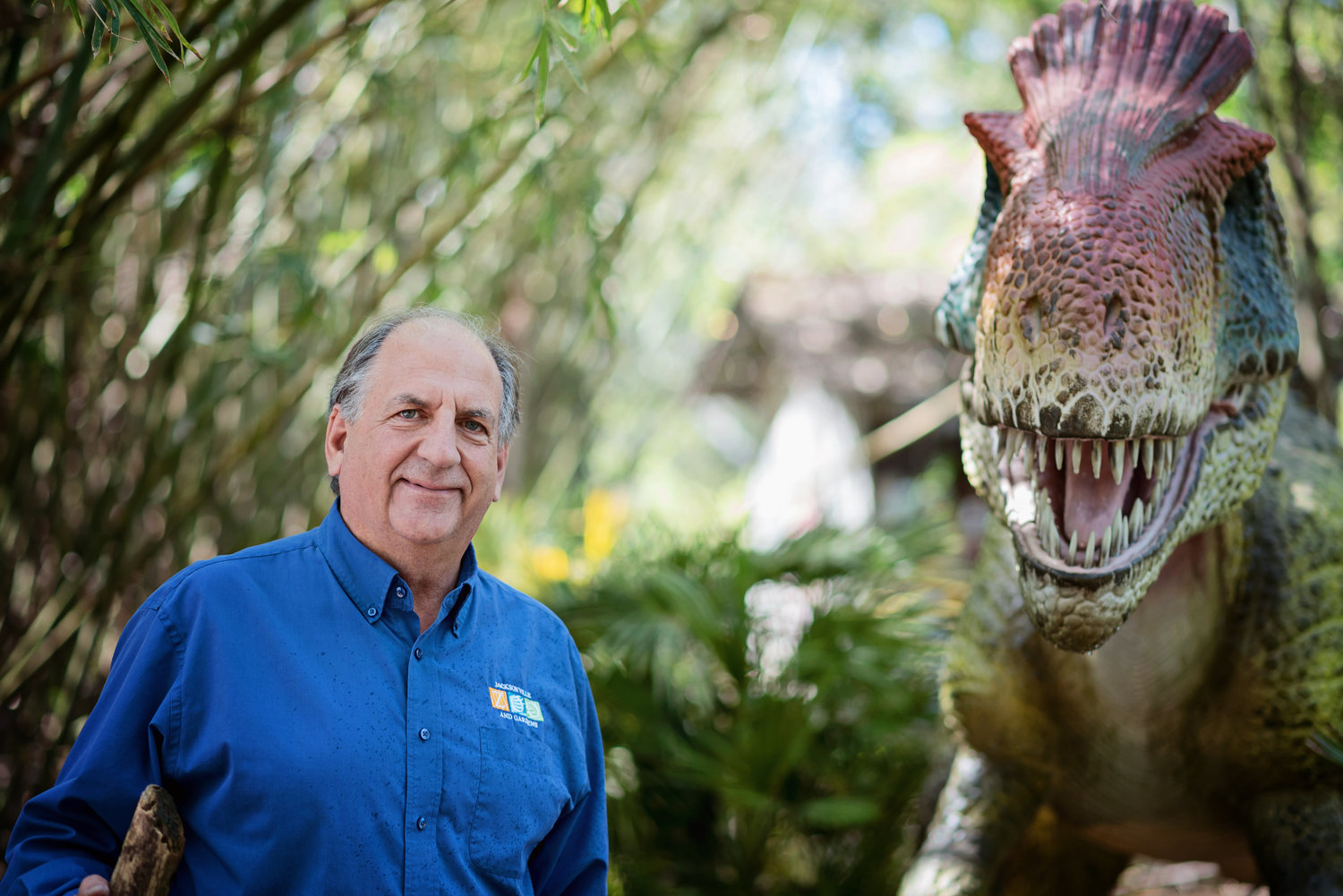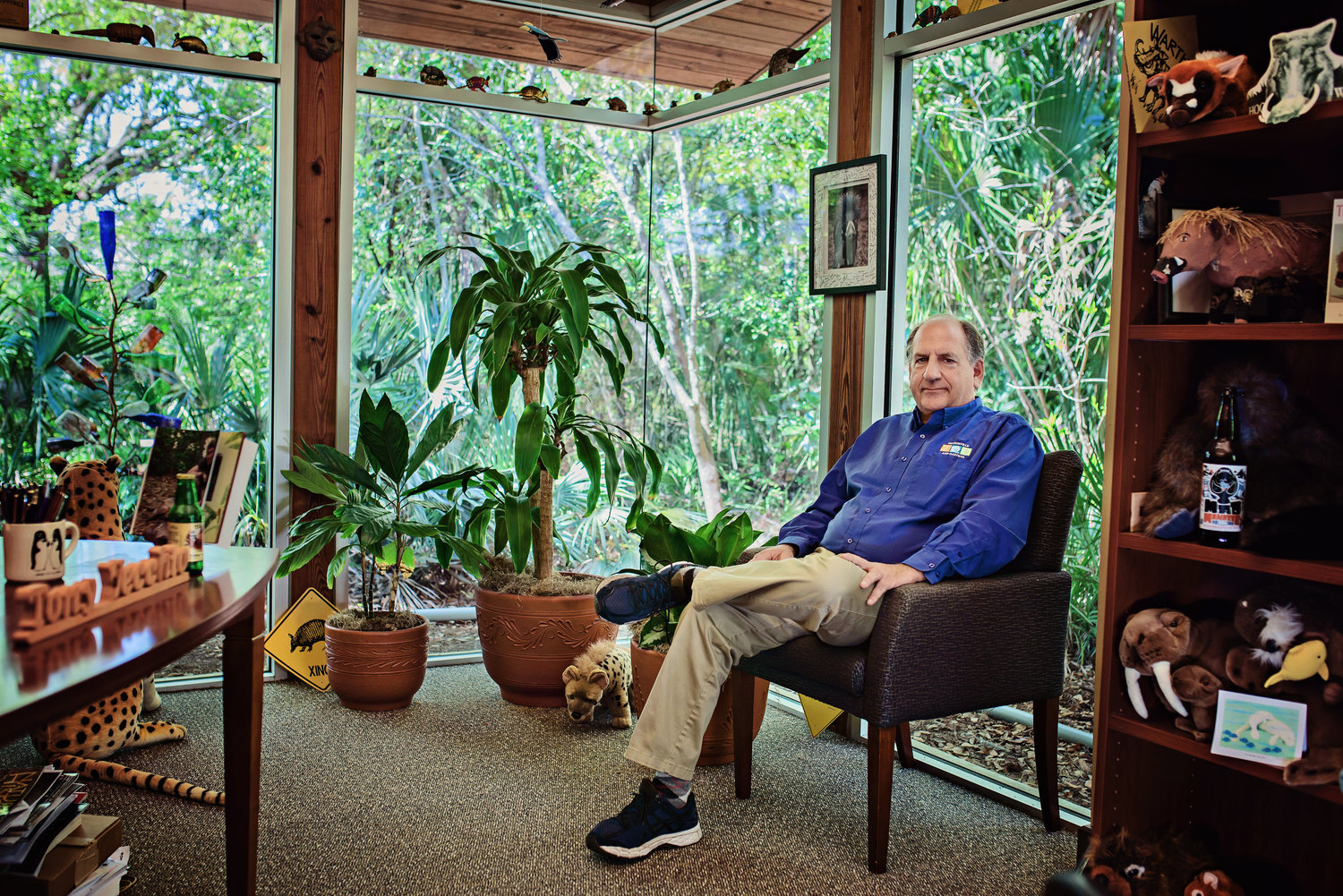One of Us: Tony Vecchio
Tony Vecchio is the executive director of the Jacksonville Zoo and Gardens and a resident of San Marco.
Can you please briefly tell us about your background?
I’m a zoo guy through and through. My career spans 42 years in six different zoos, in education, zookeeping, security and facilities. I’ve been a zoo director the last 30 years. I started as a teenager at the zoo in Pittsburgh, Pennsylvania, working in food service. I received a Bachelor of Science in Environmental Resource Management/Wildlife Conservation from Penn State University. After college, I spent time at the Riverbanks Zoo in Columbia, South Carolina. There, I also received a Master of Science in Biology (primate behavior) from the University of South Carolina. Next, I went to Zoo Atlanta in Atlanta, Georgia. Subsequently, I went to the Roger Williams Park Zoo in Providence, Rhode Island. I then moved to Portland, Oregon, to become the executive director of the Oregon Zoo. I began my tenure at the Jacksonville Zoo in 2009.
When you reflect on your 10 years at the Jacksonville Zoo, what are you most proud of?
We’ve opened several incredible exhibits. One of them won a national award for being such an outstanding zoo exhibit. I really think, in my heart of hearts, the things I’m proudest of are things general zoo visitors don’t see. We’ve greatly expanded our education programming. We see 100,000 school kids per year through various programs. We’ve created a program for underserved teenagers from some of the most challenging neighborhoods in Jacksonville. That program won a national education award, and two of the students have won awards from the North American Association of Environmental Educators. They have a prestigious award called “30 under 30” for young, rising superstars in the field of environmental education. Two of these teens have won that award two years in a row, which is really impressive. In addition, we now have a conservation department, after not having one 10 years ago. Our conservation staff is engaged in programs here in our own community but all over the world, including Africa, South America and Asia. Finally, we’re one of the few zoos in the country that has a paid animal wellness department. We have staff whose only job is to make life better for the animals in the zoo.
Which exhibit won the national award?
That’s the Land of the Tiger. It won an award from the Association of Zoos & Aquariums. In addition to tigers, it has two species of critically endangered pigs, the really entertaining Asian small-clawed otters — the smallest otter species in the world — as well as two species of hornbills, a very large, interesting and Asian bird. The exhibit is typical in that it’s big, beautiful and naturalistic, which is what most zoos are going to these days. But it also is really innovative in that it has a trail system, so that the tigers can leave their exhibits and wander around the trail system. In some points, they’re face-to-face with the visitors. Some points, they’re walking over the visitors’ heads. At one point, the visitors are in a building looking into a couple different exhibits, and a tiger can come walking into the rafters of the building.
Is there anything new that the community would be interested in knowing about?
Our newest exhibit is so new, it hasn’t had time to win an award. Anyone who hasn’t been to the zoo lately is going to be thrilled this summer to see the new African Forest exhibit. I can say again no zoo has done anything like this before. We stole the trail system idea from the Land of the Tiger and incorporated it into our great apes area. Except in this case, not only do the animals leave their exhibits to be in the trail system, the trail system leads to a giant, 53-foot-tall artificial tree that we built, called a Kapok Tree, that has a giant net over it. The animals can go from their exhibit through the trail into this Kapok Tree. There, people can get a very close look at them. There are lots of exciting enrichment opportunities for the animals to get engaged in in the tree. It's like nothing anyone has ever seen. The reviews from the visitors are just off the charts.
What are the benefits for children in visiting the zoo?
It’s real. You can read about animals in books or see them on TV. But there’s something that is just magical about being face-to-face with an animal and being able to look it in the eyes and have it look back at you. In this new African Forest exhibit, there’s one of the viewing areas where the bonobos meet the toddlers. So, there’s just a pane of glass between the two species, and to see the interest that the kids have in the animals and that the animals have in the kids is really heartwarming to watch. It’s more than just learning, it’s experiencing nature and animals. And that’s a great way for kids to spend their time.
What are some of the challenges you face today?
Money is the biggest challenge. We are a not-for-profit, so we have to go out and either earn or raise every dollar we spend. We want to attract the best and the brightest people, but it’s hard to do that when you have to pay salaries in the nonprofit sector. The second thing is relevance. It’s so important to get kids outside and experience the natural world. But I’m not sure when people think of the zoo, they think of us that way. They don’t think of us as being an important educational institution. I know we are, and I know some people recognize that, but not everybody in the community does. So, we have to raise awareness in our community of how important the zoo is in the areas of education and conservation, animal welfare and as an economic driver in our community.
What do you enjoy most about living on the First Coast?
Jacksonville is a real surprise to me. I came here because of the zoo. I interviewed and saw what a great zoo it was, going in the right direction. But I just felt like coming from Portland, Oregon, to Jacksonville, Florida, I would be taking a step back in the world of arts of culture. That has been the biggest surprise to me. The arts and culture community in this town is thriving, and it is exciting. It’s amazingly under the radar. There’s so much going on in the area of arts and culture that I just love being here and being part of it.






.jpg)




.jpg)




